EMDR Therapy Tucson
Eye Movement Desensitization & Reprocessing (EMDR) Therapy Tucson
EMDR therapy is a highly effective and widely recognized model of psychotherapy that can help you process and resolve even the most traumatic experiences. This innovative therapeutic method utilizes the power of rapid eye movements (or other similar bilateral stimulation) to encourage emotional processing, promote healing, and offer a sense of renewed hope, inner strength and resilience. EMDR is a transformative process that blends cognitive and somatic approaches, offering you a pathway towards a brighter, more empowered future.
What began in the 1990’s by the founder of EMDR therapy, Francine Shapiro, as a simple technique that utilized rapid eye movements while focusing on something disturbing is now an extensive therapeutic model that is used to resolve trauma, alleviate distress, and restore functioning. Rooted in the Adaptive Information Processing (AIP) model, EMDR therapy is a framework utilized by therapists to conceptualize present-day distress and triggers as rooted in the past.
EMDR is an evidence-based form of treatment for trauma and other disturbing experiences. In fact, there has been so much research on EMDR that it has been cited as an effective form of treatment by the American Psychiatric Association (APA), the World Health Organization (WHO) and the Department of Defense (EMDR Institute, 2024). It has literally helped millions of people since it’s inception.

EMDR Can Help With:
- Childhood Trauma
- Recent Trauma
- PTSD
- Depression
- Anxiety
- Panic
- OCD
- Addiction
- Chronic Pain
- Nightmares
- Grief
- Self-loathing
- Medical trauma
- Freeze responses
- Anger/Rage
- …and more
How Does EMDR Work?
EMDR is an acronym for Eye Movement Desensitization & Reprocessing which most people use to refer to the reprocessing of traumatic or disturbing memories or experiences. Resolving traumatic material is actually just one phase of EMDR as a complete psychotherapeutic model.
Phase 1 – History Taking. During this phase of EMDR therapy, your therapist will ask questions about you and your history according to the three-pronged protocol, working intentionally to identify (1) past events and experiences that likely lay the groundwork for the issues bothering you today; (2) any current triggers you might have; and (3) any future needs or desired responses you would like to have. Together, you will identify what are called “targets,” or specific events your therapist will help you work through in a specific way.
Phase 2 – Preparation. After phase one, therapists begin to prepare you in an individualized way that fosters stabilization and a sense of internal personal control. This phase may go quickly if you are already well resourced with a good degree of secure attachment and strong support system, or this phase can move slowly if your foundation of attachment is shaky and your have a complicated history of trauma. The motto in EMDR is ‘go slow to go fast.’
Phase 3 – Assessment. This phase is about properly accessing the “target” memory you and your therapist previously identified as a root of current issues, symptoms, or dysfunction. Your therapist will lead you through a serious of questions that access the target in a specific way (image, negative belief, emotions, body sensation, and level of distress, along with the preferred positive belief and how much you believe it before reprocessing begins). The goal is to access the experience in as close to the same way as it was encoded.
Phase 4 – Desensitization. This is the phase that most people mean when they say “EMDR,” it is the reprocessing of a memory using some form of bilateral stimulation (rapid eye movements, tapping, tones, or alternating buzzers). When things go smoothly, the result – in a very short period of time – is the ability to desensitize the memory to the point you can bring the experience to mind and experience zero distress. Sometimes your therapist will need to intervene with bits of information or questions meant to fill in adaptive information you might have been missing when the original memory was encoded. However, for the most part your therapist will stay out of the way and allow your brain help you process the experience and integrate it into your long term memory so that it doesn’t continue to come up in the present and cause distress.
While most people commonly assume this phase is focused on traumatic memories, the three-pronged protocol utilized in phase one also identifies current triggers and desired future outcomes. Triggers and future templates are also addressed during phase four – sometimes before trauma memories, sometimes after. Whereas a target memory may be an experience of sexual abuse, a trigger may be your coworker who wears the same cologne as your abuser, and a future template might look like not going into a freeze state when you have a shift with that coworker.
Phase 5 – Installation. Once the level of distress as your bring the experience to mind in the present moment is zero, your therapist will ask you how much you believe the positive belief you initially stated you would prefer to believe when bringing the target to mind. For example, if the negative believe you had was, “It is my fault,” the positive belief you may prefer to believe might be, “I was only a child and couldn’t have protected myself.” If the positive thought/belief isn’t all the way true, yet (which is common) your therapist will continue bilateral stimulation until it feels true, helping to clear out anything still in the way and creating new, more adaptive memory associations. This phase links the desensitized target with a new positive thought/belief.
Phase 6 – Body Scan. Once the distress has been reduced to zero and the positive belief has been installed (feels true), you will slowly scan your body to see if any residual distress remains anywhere in the body. If distress, even a small bit, if found, your therapist will continue bilateral stimulation as your focus on the distress until is is all the way cleared.
Phase 7 – Closure. To close a session, your therapist may lead your through a stabilization or relaxation technique. Not all targets can be processed in one session and your therapist may need to bring phase four or five to a close before the target is complete (resolved). Closure techniques can help you gain mastery over the containment of the material you were processing until your next session. Of course, it is also possible to resolve one or more targets in a single session. In this case, closure may look like debriefing the experience or deepening your new state of peace and calm.
Phase 8 – Reassessment. To ensure long term therapeutic effects, your therapist will reassess completed targets in following sessions, making any modifications to the overall treatment plan that may be needed or desired.
"Changing the memories that form the way we see ourselves also changes the way we view others. Therefore, our relationships, job performance, what we are willing to do or are able to resist, all move in a positive direction."
-- Francine Shapiro
What to Expect at Joshua Tree
At Joshua Tree, we believe that EMDR is a powerful approach to healing trauma but that all good treatment models work best when done in the context of a safe and trusting therapeutic relationship. EMDR is not a miracle cure and shouldn’t be viewed as something done to you but rather a collaborative approach to psychotherapy like any other model. Our therapists do not provide adjunct EMDR because we value the power of healing that occurs in the context of an attachment-based therapeutic relationship which takes time to establish.


EMDR has both benefits and risks. It can help heal trauma, alleviate distress, build resilience, and improve your outlook on life. It can also increase fatigue, bring up old memories, change/increase nightmares, and increase your overall distress in the initial states of reprocessing. At Joshua Tree, your therapist will always screen for dissociation prior to beginning phase three and four. Dissociation is a natural response to traumatic experiences but when dissociation has played a major role in your level of coping, it can present challenges to you and your therapist during EMDR therapy. If a reasonable amount of dissociation is known, suspected, or discovered, your therapist at Joshua Tree will work a bit differently, and much more slowly. If dissociation is missed, ignored, or never assessed the result can be emotional flooding and overwhelm and may mean your experience with EMDR feels negative when in reality it isn’t the tool itself but the way in which the tool is used that is the problem.
If you have an active addiction, dissociative disorder, or complex trauma history, it is crucial that your therapist have specialized training in how to use EMDR effectively. At Joshua Tree, therapists have the necessary training, supervision, and consultation to treat even the most complex cases with EMDR. Your therapist at Joshua Tree is also trained in other therapist modalities they may suggest in preparation for EMDR, or in place of EMDR.
If you are ready to take the next step and contact a therapist trained in EMDR, we encourage you to read more about:


